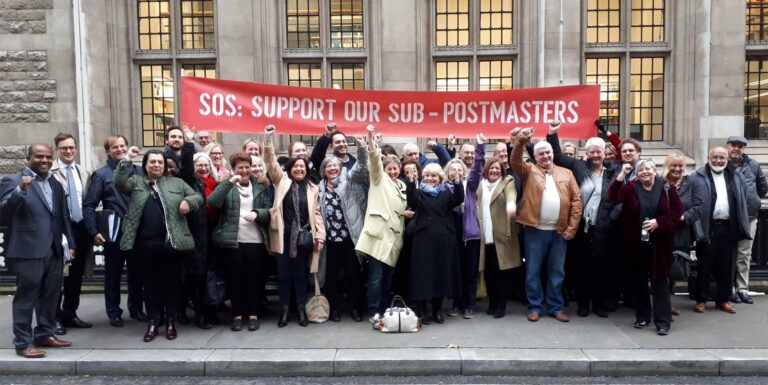Are You Ready to
Unlock Exceptional
Returns?
Experience the future of litigation funding. Our platform connects co-funders with premium opportunities, delivering exceptional returns.
Join our exclusive community of investors and unlock access to high-value legal claims with proven success rates.
Our co-founders typically enjoy stronger returns, thanks to our proven approach
Put Your Money to Work Like Never Before
Exceptional Returns
Break free from mediocre returns with our proven system designed for success.
Dynamic Asset Class
Our litigation funding significantly outperforms traditional savings options.
Proven Track Record
100% success rate over the past 7 years with 5-75% return on successful claims.
Elite Co-Funding
Join a select group transforming how wealth grows through litigation funding.
What our clients are saying?
Our litigation funding platform is revolutionizing access to justice. Here's what our partners say about their experience with our funding solutions.

Solicitor
Partnering with 3Pay Global made a real difference to our case. Their team was supportive, efficient, and knew exactly what they were doing. Thanks to their funding, we could move forward without worrying about the financial pressure, and that was huge for us
.svg)
CEO - Test Company
As a law firm handling complex cases, having 3Pay Global as our funding partner has been transformative. Their understanding of litigation needs and quick funding decisions make them invaluable.
.svg)
CEO - Test Company
3Pay Global's litigation funding enabled us to pursue justice without compromise. Their support throughout the process and transparent terms made all the difference in our case outcome.

Solicitor
Partnering with 3Pay Global made a real difference to our case. Their team was supportive, efficient, and knew exactly what they were doing. Thanks to their funding, we could move forward without worrying about the financial pressure, and that was huge for us
.svg)
CEO - Test Company
As a law firm handling complex cases, having 3Pay Global as our funding partner has been transformative. Their understanding of litigation needs and quick funding decisions make them invaluable.
.svg)
CEO - Test Company
3Pay Global's litigation funding enabled us to pursue justice without compromise. Their support throughout the process and transparent terms made all the difference in our case outcome.

Solicitor
Partnering with 3Pay Global made a real difference to our case. Their team was supportive, efficient, and knew exactly what they were doing. Thanks to their funding, we could move forward without worrying about the financial pressure, and that was huge for us
.svg)
CEO - Test Company
As a law firm handling complex cases, having 3Pay Global as our funding partner has been transformative. Their understanding of litigation needs and quick funding decisions make them invaluable.
.svg)
CEO - Test Company
3Pay Global's litigation funding enabled us to pursue justice without compromise. Their support throughout the process and transparent terms made all the difference in our case outcome.
Why Fund with 3Pay?
Exceptional Returns
When a claim succeeds, you recover your full investment plus a chosen and pre-agreed return from 5% and up to a maximum of 75%.
Expert-Backed Cases
Every case we fund is backed by leading barristers and legal experts, and each one is rigorously vetted before a single pound is committed.


